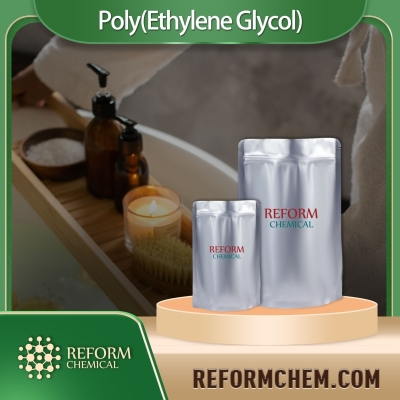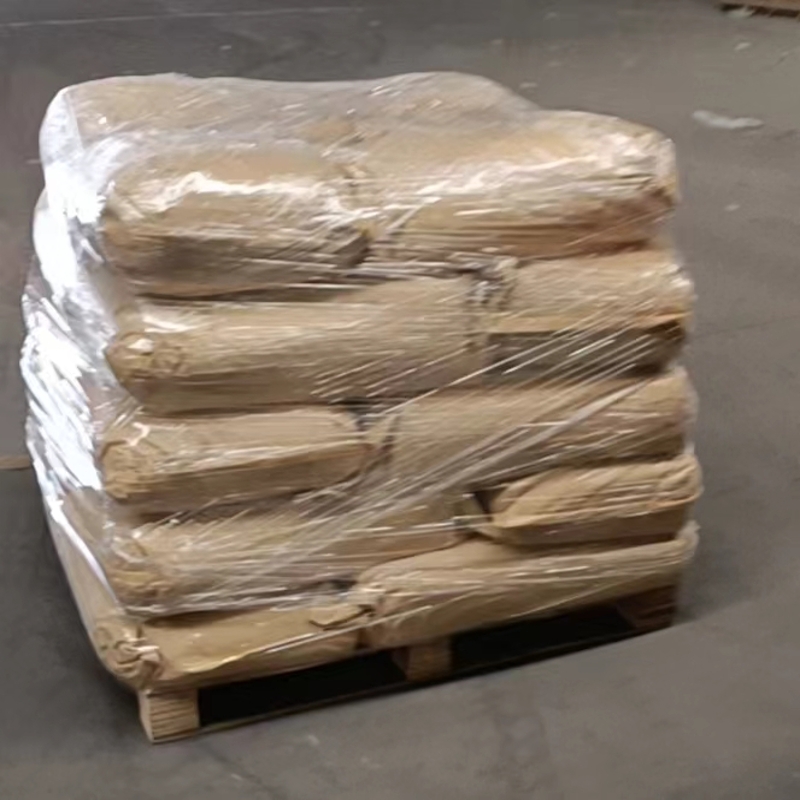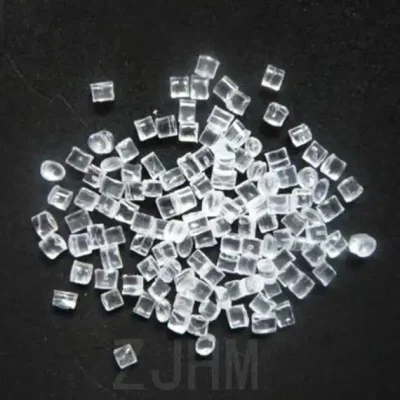-
Categories
-
Pharmaceutical Intermediates
-
Active Pharmaceutical Ingredients
-
Food Additives
- Industrial Coatings
- Agrochemicals
- Dyes and Pigments
- Surfactant
- Flavors and Fragrances
- Chemical Reagents
- Catalyst and Auxiliary
- Natural Products
- Inorganic Chemistry
-
Organic Chemistry
-
Biochemical Engineering
- Analytical Chemistry
-
Cosmetic Ingredient
- Water Treatment Chemical
-
Pharmaceutical Intermediates
Promotion
ECHEMI Mall
Wholesale
Weekly Price
Exhibition
News
-
Trade Service
Recently, the St.
Petersburg State University of Industrial Technology and Design in Russia has developed a chemical substance for coloring polypropylene hydrocarbon products
.
The dye has better stability after coloring .
Petersburg State University of Industrial Technology and Design in Russia has developed a chemical substance for coloring polypropylene hydrocarbon products
.
Although polypropylene has many advantages, the original solution coloring method has been used to color polypropylene in the production process so far, which leads to the loss of the original characteristics of polypropylene and it is impossible to paint patterns or new colors on the product
.
Experts and students from the St.
Petersburg State University of Industrial Technology and Design accidentally discovered during the experiment that the ammonium chloride salt used as a reagent when penetrating into the polymer chain can send the dye into the space between the polypropylene atoms while retaining the polymer chain
.
To color the product, simply heat it to 100 degrees Celsius in a container filled with water and dye
.
According to Anna Mikhailovskaya, a professor at the Harkharov Chemical Technology Department of St.
Petersburg State University of Industrial Technology and Design, this is a very simple method that does not require the purchase of special equipment
.
In addition, this method can not only color polypropylene, but also color polyester, polyamide, and other polymers used in synthetic fabrics
.
Anna Mikhailov Kaya also said that researchers also tried to processing cellulosic material, wood, cotton, linen, viscose fiber
.
The results show that the new chemical substances can not only color, but also make these materials antibacterial, which is what cellulosic materials urgently need.
At the same time, the color of the colored product can resist moisture and light







